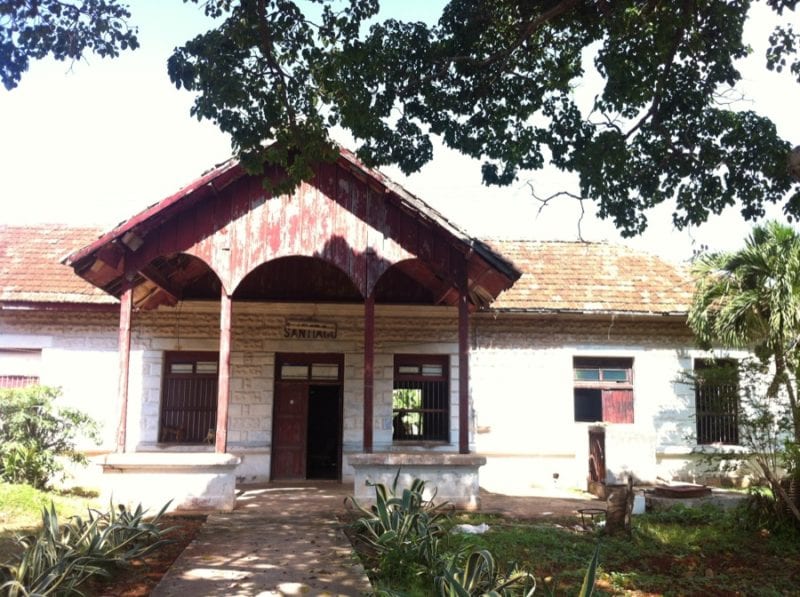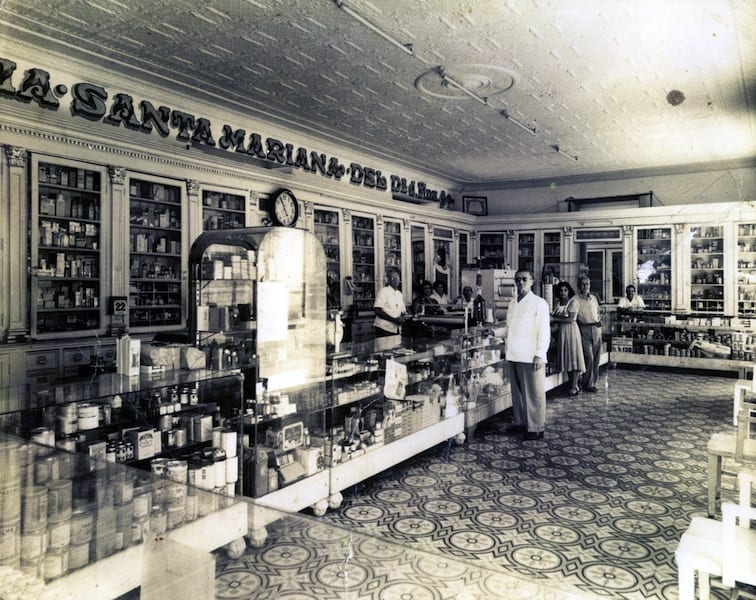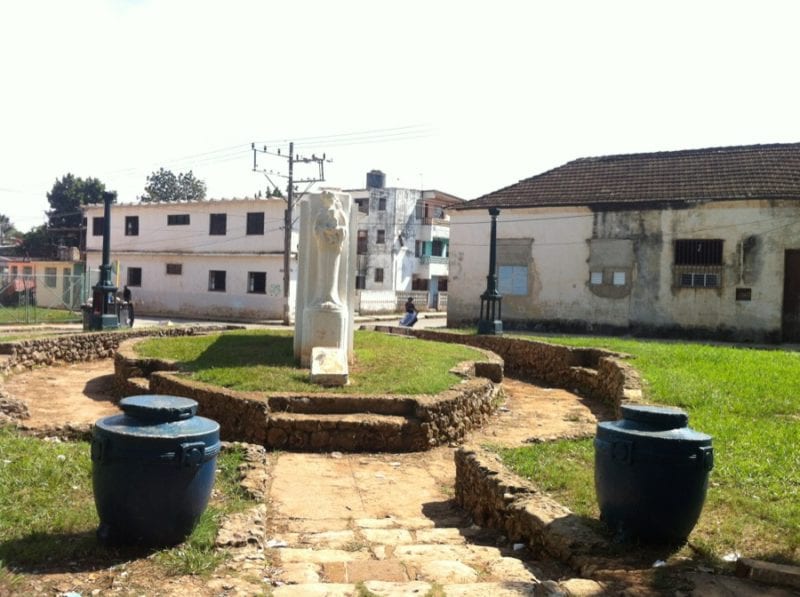Santiago de las Vegas: Forgotten but Not Yet Lost

Luis Rondon Paz
HAVANA TIMES — Santiago de las Vegas was once one of the most commercially and socially active cities in Cuba, known in the mid-20th century for the extraordinary cleanliness and pristine state of all its asphalted streets – a status owed, to a great extent, to the work of mayor Benjamin Rodriguez Camero, or “Mino,” as he was popularly known.
To keep the streets spotless, Havana’s Sanitation Department employed an inspector fully committed to his work, who ensured that the streets were swept on a daily basis by personnel tasked with this work.
Hygiene laws in Santiago de las Vegas were very strict. It was illegal to litter the streets with any kind of garbage, and those who did risked standing trial and paying a fine. People were also warned that repeating such offenses would mean spending as many as 30 days in jail.

What sanitation workers collected from the streets the most were droppings from the horses of farmers who came to town every day to sell milk and other products to stores and regular buyers.
Interestingly, one of the extra duties of the sanitation inspector responsible for keeping the streets clean was inspecting the milk sold by farmers to ensure it hadn’t been watered down. A farmer caught selling adulterated milk was taken to court and fined.
This same inspector patrolled the streets to prevent people from spilling water on the street, as that creating breeding spots for mosquitos and the stagnant water produced foul smells. People received a warning and repeat violators received a sanction or fine. Water could only be poured onto the street on Saturdays, the day in which people commonly washed their homes and their stretch of sidewalk using buckets of water.
The community had societies such as the Sociedad Aliados Chinos (“Chinese Allies Society”), the Casino Español (“Spanish Casino”), the Sociedad La Gloria, the Santiago Athletics Club and the Education and Recreation Center. According to records taken from the digitized photo archives of Santiago de las Vegas, two of these societies charged members 60 cents a month. With this membership, one could enjoy broad recreation areas equipped with all games allowed by law, such as domino, whist, ombre, Mahjong, ping-pong, chess, checkers and others.
Santiago de las Vegas’ literary culture was highly developed. Locals had access to all of the newspapers published in the capital (including Impresos Excelsior, El Mundo, El Diario de la Marina, Informacion, El Crisol, Prensa Libre, El Pais, Avance and the weekly journals Bohemia and Carteles). In addition, municipal newspapers such as El Heraldo Santiaguero, Antorcha, Geminis and others were distributed in town. Santiago de las Vegas was also the first place in Cuba where Mother’s Day was celebrated officially and massively, at the city’s Teatro Popular (“Popular Theater”).
Santiago de las Vegas Today

Santiago de las Vegas, which retained its status as a province for the better part of the 20th century, lost this distinction owing to political mismanagement during the 1960s, or so locals claim. Currently, most of the places that once enjoyed a dynamic cultural and commercial life have been all but lost, with the exception of the activities organized for Mother’s Day, coordinated by the city’s church in conjunction with the Masonic Lodge there. According to testimonies from those who have lived their whole lives there, people have suffered the loss of cultural traditions and the indifference shown the deterioration of the city’s heritage.
The photos below attest to the state of the city’s architectural and cultural heritage. The archival photos are taken from www.santiagodelasvegas.org, Santiago de las Vegas town records, the National Library and the personal collection of art history professor Ruddy Fernandez Martinez.
Click on the thumbnails below to view all the photos in this gallery. On your PC or laptop, you can use the directional arrows on the keyboard to move within the gallery. On cell phones use the keys on the screen.

























Among Fidel’s many mistakes was the ending of private property. When the state owns everything, no one takes accountability. It did not have to be this way. Education, Healthcare and advancement of social justice did not require that the state micro manage the whole society down to the barber shops. What a disaster this guy was. At least Raul recognized the mistakes and is moving in a different direction.
Cuba can be described by one word: CRUMBLING
This week – when Raul Castro Ruz is due to address the United Nations, that same body has determined that the definition of poverty is having less than $1.90 per day. The population of Cuba averages 33 cents per day. Raul will not address that!
The wonderful architecture in Cuba all pre-dates the revolution. Tourists flock to Old Havana, to Camaguey, to Santiago, and to Trinidad to admire the architecture – all of which was designed and constructed by private enterprise.
How many tourists flock to Alamar which is an illustration of the standards held by the Castro family regime and from where we who read the Havana Times have learned of the desperate plight of those condemned to live there?
The Castros care naught for the history of Cuba, for that wonderful architecture, the only reason why some places have been restored is because UNESO has paid and although the Castros have no regard for the architecture and attached history, they do like the hard currency that the tourists bring with them!
During every one of my visits to Cuba, I am always awestruck by the architecture despite the deplorable conditions of the buildings owed to a lack of maintenance. But soap and water and even paint is cheap. The Castros’ revolution has destroyed Cuba. There is no excuse for letting this municipality deteriorate. Very sad.